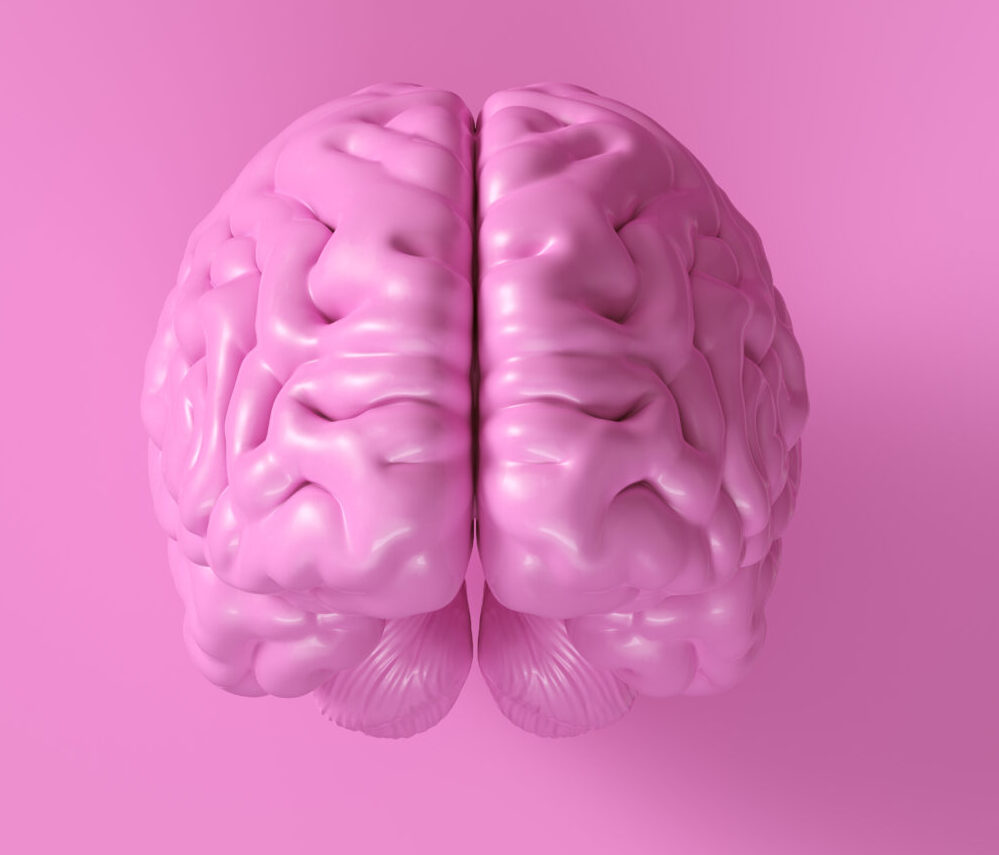Exploring the Role of Brain Connectivity in Memory Loss
**Exploring the Role of Brain Connectivity in Memory Loss**
Memory loss is a common issue that affects many people, especially as they age. But have you ever wondered what happens inside the brain when we forget things? Let’s dive into the fascinating world of brain connectivity and how it plays a crucial role in memory loss.
### What is Brain Connectivity?
Brain connectivity refers to the way different parts of the brain communicate with each other. Just like how different cities are connected by roads, the brain has its own network of connections that help us think, remember, and perform daily tasks. These connections can be either structural, meaning they are physical pathways, or functional, meaning they are the actual signals sent between neurons.
### Healthy Aging vs. Memory Loss
As we age, our brains undergo natural changes. In healthy aging, the brain’s connections become more independent of each other, which can actually help us think more efficiently. However, this independence can also lead to some network changes that might contribute to cognitive decline. For example, older adults might experience increased clustering in the frontal regions of the brain, which can affect problem-solving abilities[1].
### Semantic Dementia: A Different Story
Semantic dementia is a type of dementia that primarily affects the ability to understand and recall meanings of words, objects, and concepts. Unlike healthy aging, semantic dementia is associated with more rigid brain connections, particularly in the temporal and parietal regions. This rigidity makes it harder for the brain to adapt and compensate for structural damage, leading to significant cognitive decline[1].
### Alzheimer’s Disease: A Complex Condition
Alzheimer’s disease is another major cause of memory loss. It is characterized by the accumulation of amyloid plaques and tau tangles in the brain, which disrupts neural connections and leads to cognitive decline. Recent research has identified a new mechanical pathway linked to Alzheimer’s disease involving the interaction between amyloid precursor protein (APP) and talin. This interaction is crucial for maintaining synaptic stability, and disruptions in this pathway can weaken synaptic connections, contributing to memory loss and cognitive decline[3].
### Challenges in Memory Retrieval
While we can’t yet retrieve memories from a deceased person’s brain, scientists are exploring the possibility. Memories are encoded by populations of neurons to create engrams, physical traces of memory in the brain. However, memories are dynamic and change over time, making it difficult to pinpoint and retrieve specific memories. The tools necessary for accurate mapping and retrieval of memory do not currently exist, and even if they did, memory is fundamentally reconstructive, meaning it’s not an exact reproduction of the past[4].
### Conclusion
Brain connectivity plays a vital role in memory loss. While healthy aging brings about changes in brain connections that can sometimes contribute to cognitive decline, conditions like semantic dementia and Alzheimer’s disease involve more severe disruptions in brain connectivity. Understanding these changes can help us develop better treatments and strategies to preserve cognitive function as we age. While we still face significant challenges in retrieving memories from the deceased, ongoing research in neuroscience continues to uncover new insights into the complex world of brain connectivity and memory loss.





